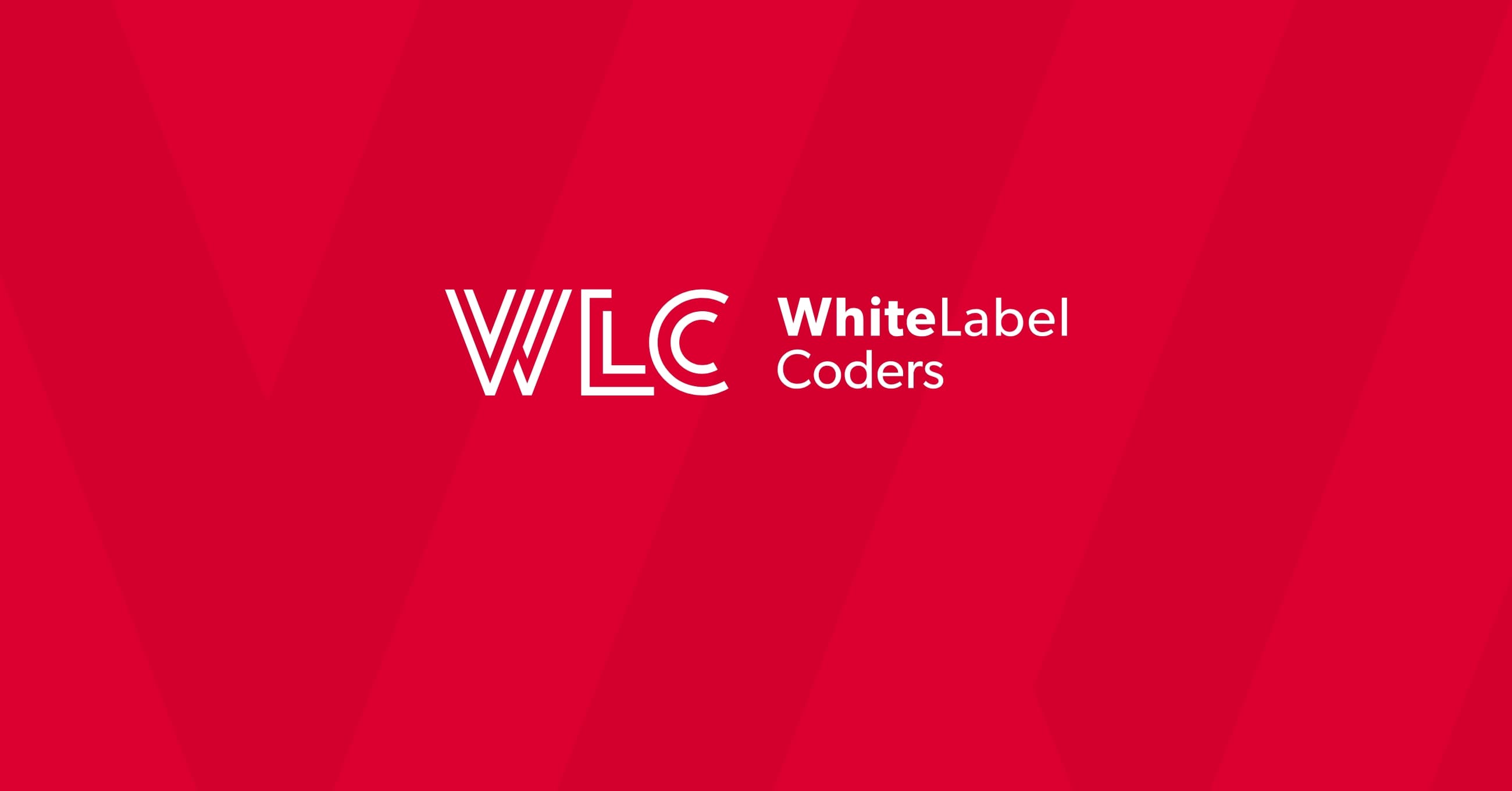Category: WooCommerce
Shopify vs. WooCommerce vs. Wix: which eCommerce platform sells better?

Choosing the right eCommerce platform can make or break your online business. As digital commerce continues to evolve, the platform you select doesn’t just host your products—it shapes your customers’ experience, influences your conversion rates, and ultimately determines your sales potential. With so many options available, how do you decide which will actually help you sell better?
In this guide, we’ll explore three market-leading contenders: Shopify, WooCommerce, and Wix. Each platform takes a fundamentally different approach to online selling, and understanding these differences is crucial for making an informed decision. Are you ready to discover which platform might be the perfect fit for your unique business needs? Let’s dive in.
Understanding eCommerce platform fundamentals: what makes one sell better?
When evaluating what makes an eCommerce platform “sell better,” we need to look beyond marketing claims and examine the fundamental elements that drive sales success. What exactly determines if a platform will help your products fly off the virtual shelves?
Conversion optimization sits at the heart of eCommerce success. This encompasses everything from intuitive navigation to streamlined checkout processes that minimize abandonment. The best-selling platforms make it easy for customers to find products, make decisions, and complete purchases with minimal friction.
Have you considered how your platform choice affects customer trust? Security features and professional design capabilities directly influence whether visitors feel comfortable entering their payment details on your site.
Another critical factor is market fit. Different platforms excel in different contexts—what works brilliantly for a boutique clothing store might be completely wrong for a digital product marketplace. Understanding your specific business model is essential before making a platform decision.
The best eCommerce platform isn’t necessarily the most popular one—it’s the one that aligns perfectly with your unique business requirements, technical capabilities, and growth trajectory.
Finally, consider scalability. As your business grows, will your chosen platform grow with you? Can it handle increased traffic, expanded product catalogues, and more complex operational requirements? The platform that sells better today might become a limitation tomorrow if it can’t scale with your success.
Core selling features: how do Shopify, WooCommerce, and Wix compare?
Let’s examine how each platform approaches the essential features that directly impact selling effectiveness.
| Feature | WooCommerce | Shopify | Wix |
|---|---|---|---|
| Product management | Highly flexible with unlimited products and variants; excellent for complex catalogues | Streamlined interface with good variant management; some limitations on product options | User-friendly but more limited in handling complex product structures |
| Checkout experience | Completely customizable but requires more setup; excellent for unique checkout flows | Optimized out-of-the-box experience with limited customization | Simple setup with moderate customization options |
| Payment gateways | Supports virtually any payment gateway through extensions | Integrated Shopify Payments plus 100+ gateways (with transaction fees for third-party options) | Decent selection but fewer options than competitors |
| Inventory management | Basic features with powerful extensions available for advanced needs | Robust built-in inventory tracking and management | Adequate for small to medium businesses; limitations for complex inventory |
WooCommerce development shines in its flexibility for product management. Being built on WordPress, it handles virtually any product type imaginable—from physical goods with multiple variants to subscriptions, memberships, and digital downloads. This makes it particularly powerful for businesses with unique or complex product offerings.
Shopify takes a more streamlined approach, focusing on an intuitive interface and optimized workflows. Their checkout process is particularly noteworthy—designed based on extensive conversion research and pre-optimized for sales. However, this comes with less flexibility for unique business models.
Wix offers the most approachable entry point, with drag-and-drop simplicity that makes setting up a store remarkably straightforward. This accessibility comes with trade-offs in advanced selling features and customization options, which may limit selling potential for growing businesses.
A key consideration is how each platform handles mobile commerce. With more than half of online purchases now happening on mobile devices, your platform’s mobile selling capabilities directly impact your bottom line. All three platforms offer responsive designs, but WooCommerce provides the most control over the mobile experience through custom development.
Customization and flexibility: which platform adapts best to your business model?
The ability to adapt your store to your specific business requirements can dramatically influence selling effectiveness. Let’s explore how each platform approaches customization.
WooCommerce offers unparalleled flexibility through its open-source nature. As a WordPress plugin, it inherits the full customization potential of the world’s most widely-used content management system. This makes WooCommerce development the clear winner for businesses with unique requirements or specific workflows that don’t fit neatly into pre-built solutions.
With access to the core code, anything can be customized—from creating bespoke checkout experiences to developing specialized product types or integrating with proprietary systems. This flexibility extends to the front-end experience, where WooCommerce themes can be completely tailored to match your brand identity and optimize for conversions.
Shopify takes a different approach, focusing on a robust app ecosystem rather than core customization. While the platform itself is less flexible, the Shopify App Store offers thousands of pre-built solutions that can be quickly implemented. This model works exceptionally well for standard business models but can become limiting and expensive for unique requirements.
Wix emphasizes visual design flexibility through its intuitive editor but offers the least adaptability for custom business logic or unique selling workflows. While perfect for simple stores with standard needs, businesses with specialized requirements often outgrow Wix’s capabilities.
What does this mean for your selling potential? If your business follows standard eCommerce patterns, any platform can work well. However, if your competitive advantage relies on a unique buying experience or specialized functionality, WooCommerce’s adaptability often translates to higher conversion rates and better selling performance.
Pricing structures and ROI: calculating the true cost of selling
Understanding the complete cost picture is essential for calculating your true return on investment. Each platform employs a fundamentally different pricing model that impacts businesses in various ways.
WooCommerce is technically free and open-source, but this doesn’t mean there are no costs involved. The real expenses come from:
- WordPress hosting (£5-£100+ monthly depending on traffic)
- Theme purchase (£0-£200 one-time)
- Premium extensions for additional functionality (£0-£300+ per extension)
- Development costs for customization
- Ongoing maintenance and security
For small businesses with technical capability, WooCommerce can be extremely cost-effective. For larger operations requiring extensive customization, initial development costs may be higher, but ongoing expenses are typically lower than subscription-based alternatives.
Shopify employs a subscription model with predictable monthly fees:
- Basic Shopify (£29/month)
- Shopify (£79/month)
- Advanced Shopify (£299/month)
- Plus additional costs for premium themes and apps
- Transaction fees for non-Shopify payment gateways (0.5%-2%)
The Shopify approach offers predictability and includes hosting and security, making it easier to budget for. However, transaction fees and app subscriptions can significantly increase costs as you scale.
Wix follows a tiered subscription model similar to Shopify but at generally lower price points:
- Business Basic (£17/month)
- Business Unlimited (£22/month)
- Business VIP (£35/month)
While Wix offers the lowest entry cost for standard features, it often requires upgrading to higher tiers to access essential selling tools, and customization options are more limited.
For ROI calculation, consider not just the direct platform costs but also how each platform’s capabilities align with your revenue goals. A more expensive platform that increases conversion rates by even a small percentage could deliver substantially better ROI than a cheaper alternative.
SEO and marketing capabilities: which platform helps products get discovered?
Even the most beautifully designed store won’t generate sales if customers can’t find it. Let’s examine how each platform supports visibility and customer acquisition.
WooCommerce leverages WordPress’s renowned SEO capabilities, giving it a significant advantage in organic search visibility. When properly implemented, WooCommerce stores typically achieve excellent search engine rankings thanks to:
- Complete control over all SEO elements (meta titles, descriptions, URLs, etc.)
- Advanced SEO plugins like Yoast SEO and Rank Math
- Clean, search-engine-friendly code structure
- Ability to create custom content marketing strategies within the same platform
This SEO advantage makes WooCommerce particularly powerful for businesses focused on organic traffic, especially when complemented by proper WooCommerce development that emphasizes performance optimization.
Shopify offers solid built-in SEO fundamentals and a clean technical implementation that search engines appreciate. While it provides less granular control than WooCommerce, its structured approach makes basic SEO implementation straightforward. Shopify truly shines in social media integration and multichannel selling capabilities, making it excellent for brands focused on social commerce.
Wix has significantly improved its SEO capabilities in recent years, addressing earlier limitations. Its SEO tools are now quite comprehensive for basic optimization needs, though still less powerful than WordPress-based solutions for advanced SEO strategies.
Beyond SEO, consider each platform’s marketing toolset. WooCommerce integrates with virtually any marketing tool through its open ecosystem. Shopify offers excellent built-in marketing features plus seamless integration with major advertising platforms. Wix provides a more limited but user-friendly marketing suite ideal for beginners.
Making the right choice: how to select the platform that will sell better for your specific business
After examining all these factors, how do you determine which platform will actually help your specific business sell better? The answer lies in matching platform strengths to your particular business needs.
Consider choosing WooCommerce when:
- You need complete customization control over your store’s appearance and functionality
- Your business has unique requirements that don’t fit standard eCommerce patterns
- Content marketing and SEO are central to your growth strategy
- You’re planning for long-term growth and want to avoid platform limitations
- You have access to development resources (either in-house or through partners)
Consider choosing Shopify when:
- You want the fastest route to a professional-looking store
- Your business follows standard eCommerce models without complex requirements
- You prefer predictable monthly expenses over variable costs
- Social media and multichannel selling are priorities
- You have limited technical resources or preference
Consider choosing Wix when:
- You’re launching a small store with basic selling needs
- Visual design flexibility is more important than backend customization
- You’re operating on a limited initial budget
- You want the easiest possible platform to learn and manage
Remember that the “best” platform isn’t universal—it’s the one that aligns with your specific business context, technical capabilities, and growth objectives. By carefully assessing your unique requirements against each platform’s strengths and limitations, you can select the solution that will truly help your products sell better.
If you’re leaning toward WooCommerce for its flexibility and customization potential, partnering with experienced WooCommerce developers can help you maximize the platform’s selling capabilities while avoiding common pitfalls. The right development approach ensures your WooCommerce store isn’t just functional but optimized specifically for conversion and growth.

